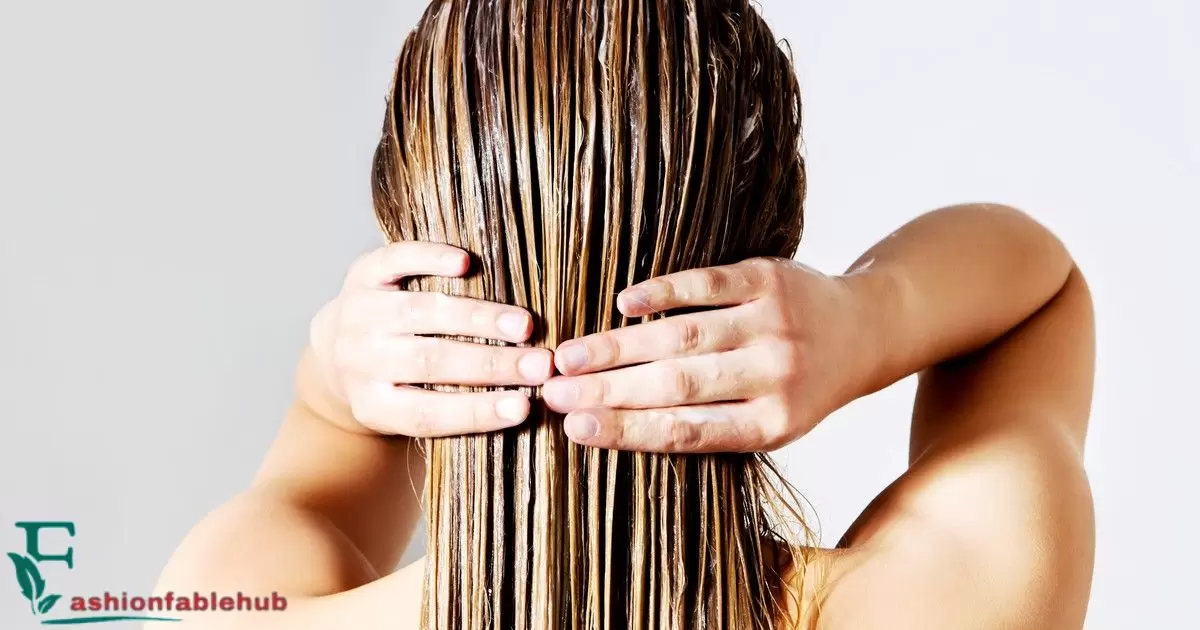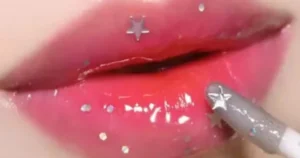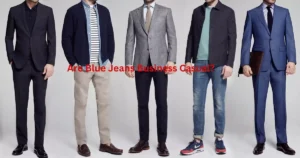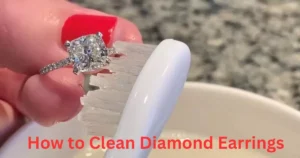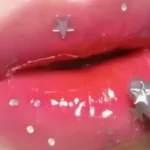Bleaching your hair requires mixing powdered bleach with developer cream to remove pigment and lighten your strands. This chemical process damages hair to some degree by breaking down the underlying protein structure. However, wet bleaching versus bleaching dry hair has some key differences in the process and final color results.
Wet Hair Bleaching Advantages
- Damp hair allows bleach to process faster since water opens up the hair cuticle for deeper penetration
- Results in a soft hair color rather than overly brassy or damaged tones
- Creates a vibrant color at the ends if doing a bright ombre/balayage look
Dry Hair Bleaching Advantages
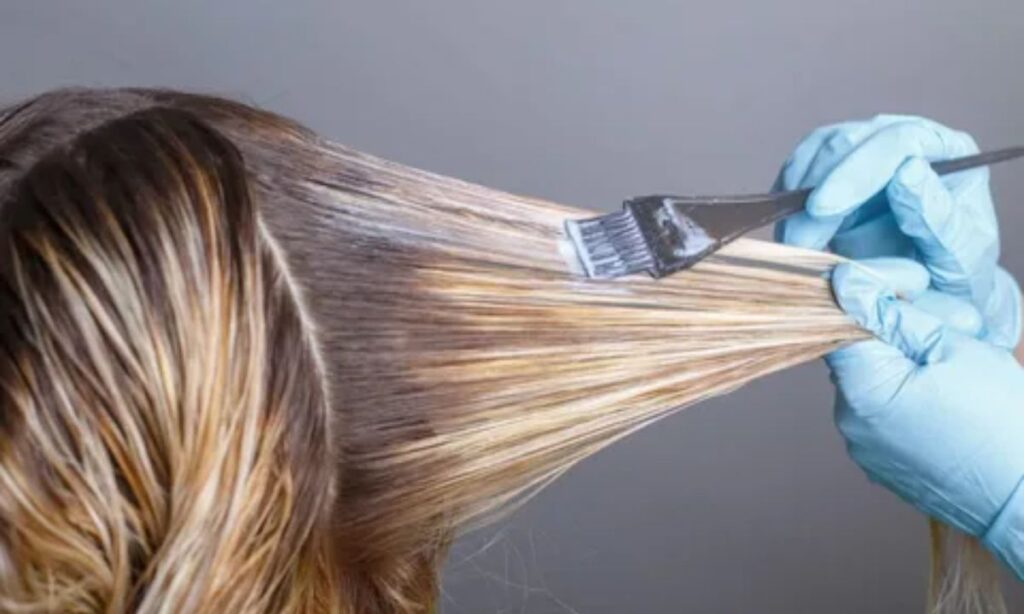
- Stylists have greater control applying bleach to dry strands
- The bleaching formula doesn’t drip or move around as much
- It’s easier to keep an eye on any scalp irritation
Precautions for Bleaching Wet Hair
Use Lower Volume Developer
Using 20 or 30 volume developer rather than 40
avoids over-processing the already swollen, fragile strands.
Apply Carefully to Avoid Scalp
Carefully apply bleach just to mid-lengths and ends to prevent burning sensitive scalp skin.
Monitor Processing Time
Processing time may be faster with wet hair so check every 5 minutes after the first 20 minutes.
Techniques for Bleaching Wet Hair
Balayage Technique
Painting bleach in thin strips gives a pretty, soft ombre effect.
Ombre Technique
Just dip dye the bottom half of damp hair for a subtle, low-maintenance look.
Professional vs. At-Home Wet Hair Bleaching
Benefits of Professional Services
- Cosmetologists are trained on proper precautions for bleaching damp strands
- They use high-quality salon bleach and developers
- Can frequently check the hair and rinse at just the right moment
Risks of DIY Wet Hair Bleaching
It’s harder for beginners to avoid hair breakage or get their desired results bleaching damp strands at home.
Post-Bleaching Hair Care Tips
Deep Conditioning Treatments
Intensive masks before and after lightening hair reduce hair damage and nourish strands.
Limit Heat Styling
Allow hair a break by air drying and limiting hot tools for desirable outcomes with minimal harm.
Use Color-Safe Products
Color-safe shampoos contain pigments to keep bleached hair vibrant between appointments.
Can You Add Bleach to Wet Hair?
Getting your ideal platinum blonde or rainbow hair requires bleaching, but should it be done on wet hair or dry? While some argue damp strands allow deeper bleach penetration for faster lightening, others warn that wet bleaching causes more damage. Weigh up the unique pros and cons to decide if bleaching wet or dry hair suits your color goals and hair health needs.
How Long Should Bleach Be Left on Damp Hair?
Most salon instructions advise leaving bleach on damp hair 5-15 minutes less than fully dry strands. This reduced processing time helps prevent overexposure and excessive damage to the already swollen, fragile wet hairs. Regularly check for desired lift, being aware that previously color-treated hair may require a shorter development time. While bleaching wet hair can speed up and enhance lightening, it requires extra care and precision for best results.
When Is Bleaching Wet Hair Okay?
There are a few situations where applying bleach to damp strands could be appropriate or even beneficial:
1) To Lighten Your Hair More Quickly
The water content swells the follicles for faster bleach penetration and lifting in a single session, without requiring excessive developer volumes.
2) For a Soft Hair Color
Wet bleaching lends a pretty, faded ombre effect rather than brassiness or damaged tones when done with a gentle hand.
3) For Bright Hair Ends
Just dip-dyeing the bottom section of wet hair allows the ends to lift vibrantly while protecting scalp and roots.
Factors to Consider When Bleaching Your Hair
Bleaching wet versus dry hair depends on your hair’s condition, type, desired color, and aftercare plan. Discuss realistic outcomes with your stylist by assessing these key factors first:
1) Avoid Washing Your Hair 24 Hours Before Bleaching
This allows natural oils to protect while lightening versus water swelling fragile strands.
2) Avoid Using Hot Tools Before Bleaching
Heat damage makes hair more prone to breakage from coloring chemicals.
3) Be Honest With Your Stylist
Share any concerns about your hair’s condition and experiences with past dye jobs. This helps determine if wet bleaching suits you.
4) Stick to a Strict Post-Bleaching Hair Care Routine
Intensive conditioning and protectants nurture fragile bleached hair between appointments.
Maintenance and Color Aftercare
Preserve your freshly bleached hair vibrancy and health using:
1) Colour-Preserving Products
Violet shampoos cancel out brassiness between salon visits.
2) Shield from UV Rays
Sun exposure and chlorine cause color to fade faster from bleached hair. Wear protective styles and hats outside.
3) Be Mindful of Water Temperature
Rinsing with cool water keeps the cuticles sealed for better color retention.
4) Stay Hydrated
Drink lots of water to maintain hair’s strength and luster from the inside out.
Bleach Do’s and Don’ts: Can You Bleach Wet Hair?
Below is a quick guide to bleaching wet versus dry hair. Always do a strand test first to determine how your hair handles lightening chemicals. Monitor the effects closely and adjust your technique based on your hair’s needs.
Can You Bleach Damp Hair?
Yes, but with some precautions. Use lower developer volumes, monitor timing closely, avoid scalp contact, and deep condition thoroughly after.
When Is It Okay To Bleach Wet Hair?
If trying to lighten quickly, tone down brassiness, or selectively brighten mid-lengths to ends while protecting roots.
Pros and Cons of Bleach On Wet Hair
Pro: Faster lift, more even saturation, and softer color results.
Con: Risk of overprocessing and damage without close monitoring.
Does Wet Hair Bleach Faster?
Yes, damp strands allow deeper chemical penetration for quick and vibrant lift, but may require a shorter development time.
Is Bleaching Wet Hair Harder On Your Hair?
If over-processed due to swelling and fragility. But done carefully, results can be beautiful with less damage than excessively volumed or repeated bleach sessions on dry hair.
Should You Bleach Wet Hair at Home?
Beginners may struggle gauging timing and evenly applying chemicals. Consult a pro if concerned about achieving your envisioned color safely.
Should You Wash and Dry Your Hair Before Coloring It?
No need to shampoo beforehand unless excessively oily or dirty. Let hair air dry fully before bleaching for easier application and monitoring.
Wet Balayage Technique
Painting bleach in fine slices on damp hair creates a dimensional, highlighted effect with depth and movement. Known as “wet balayage”, this method utilizes the swelling and increased porosity of wet strands to gently diffuse color rather than sharply defined foils. Done with a delicate hand, wet balayage achieves gorgeous luminosity while minimizing damage.
Prep Before Bleaching
Whether lightening wet or dry hair, prep strands by:
- Clarifying with a deep cleansing shampoo 1-2 days before
- Letting hair air dry after washing
- Detangling thoroughly before bleaching
- Sectioning hair neatly and cleanly to easily manage application
This sets up the ideal foundation right before that crucial color appointment for your best bleaching results!
Importance of a Patch Test
No matter what formula or technique you use, first do a patch test by dabbing a bleach mixture on your inner arm. Check for burning or allergic reactions 24-48 hours later before applying chemicals to the scalp or length of your hair. This prevents adverse reactions.
Bleaching
Bleach works by breaking down underlying melanin and structure to remove pigment. Factors determining the lightening process and results include:
1. Hair Condition
Healthy, unconditioned hair bleaches more evenly than damaged, porous strands.
2. Hair Type
Coarse, thick hair tends to lift faster than fine hair with less damage.
3. Desired Color
Realistic goals are key – excessively bleached hair risks severe breakage.
4. Post-Bleaching Care
Nurture hair between sessions to maintain integrity, shine and tone.
How to Bleach Wet Hair: Step-by-Step
Once you’ve determined wet hair bleaching suits your color goals, follow these steps:
Use the Right Products and Tools
Quality bleach, lower volume developer, mixing supplies, applicator brush, and gloves suitable for wet use.
1. Lather Your Hair with Shampoo
Cleanse and prep strands without over-drying before bleaching.
2. Towel dry your hair
Gently squeeze out excess moisture but keep hair damp.
3. Untangle Any Knots In Your Hair
Smooth, tangle-free sections allow even application.
4. Create Your Bleach Mixture
Follow product instructions but use sparing developer levels to avoid over-processing.
5. Mix Your Bleach Powder Well
Whisk into a smooth, lump-free consistency that easily coats strands.
6. Wear Protective Gloves
Latex-free gloves prevent skin irritation and transfer to other areas.
Apply the Bleach to Wet Hair
Use a tint or applicator brush to paint product evenly from roots to ends in thin subsections.
Watch the Processing Time
Check every 5-10 minutes and rinse when desired tone is reached, before recommended max time. Hair will continue lightening even after rinsing.
Rinse the Bleach
Thoroughly rinse until water runs clear. Use a sulfate-free shampoo if hair feels sensitive.
Gentle After-Care for Bleached Hair
Special care must be taken in maintaining the integrity and color vibrancy of bleached hair:
Conditioning and Mask Treatments
Intensive moisturizing treatments rehydrate fragile hair and protect tone.
Use Purple Shampoo
Help neutralize brassiness and enhance icy tones between appointments.
Avoiding Over-Washing
Limit cleansing to 1-2 times weekly to prevent drying out strands.
Using Heat Protectants
Shield hair from hot tool damage when styling to avoid breakage.
Do: Strengthen Your Hair Before Bleaching
Protein-rich treatments prepare hair to better withstand lightening chemicals.
Don’t: Make These Hair Color Mistakes
Overlapping bleach, irritating scalp, leaving on too long, or skipping conditioning treatments after.
Do: Deep Condition Your Hair
Intense hydrating masks repair damage and restore health to fragile bleached strands.
Don’t: Over Bleach or Over-Process
This risks severe dryness, breakage and inhibits you from reaching your ideal shade.
Conclusion
Bleaching wet versus dry hair allows for faster, deeper penetration of lighteners for quick, vibrant colour lift when done carefully. While damp hair is more fragile, minimising processing time, avoiding scalp irritation, using lower developer volumes and conditioning thoroughly after minimises risk for beautiful bleached hair results. Do an allergy strand test first and enlist professional help if still concerned about successfully achieving your dream shade. With the proper precautions and aftercare, wet bleaching can take your hair to the next brilliant level while maintaining its health.
